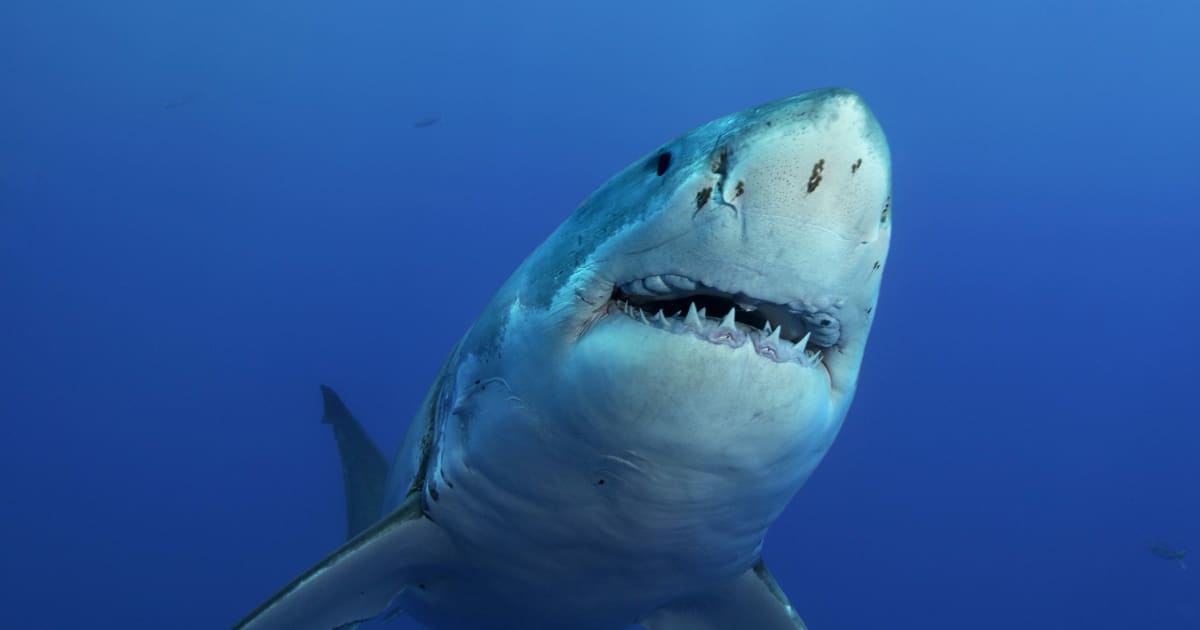Join world renowned shark researchers from the Marine Community and Behavioral Ecology and Predator Ecology Labs for a field trip unlike any other. Experience the excitement of a day in the field with FIU scientists catching and tagging sharks for research. As you work side by side with our researchers you will gain knowledge of experimental design, shark biology and ecology along with a better understanding of how biological research leads to better conservation actions and policies. Our standards-aligned shark tagging field trip is the perfect way to ignite your learner’s curiosity and inspire the next generation of STEM students to become the problem solvers of tomorrow.

Reserve This Program
This special program will be launching in Fall 2021. Email us at CASEoutreach@fiu.edu for more info.
K-12 Florida Education Standards
The following standards are focused by suggested grade levels and aligned to Florida Department of Education benchmarks.